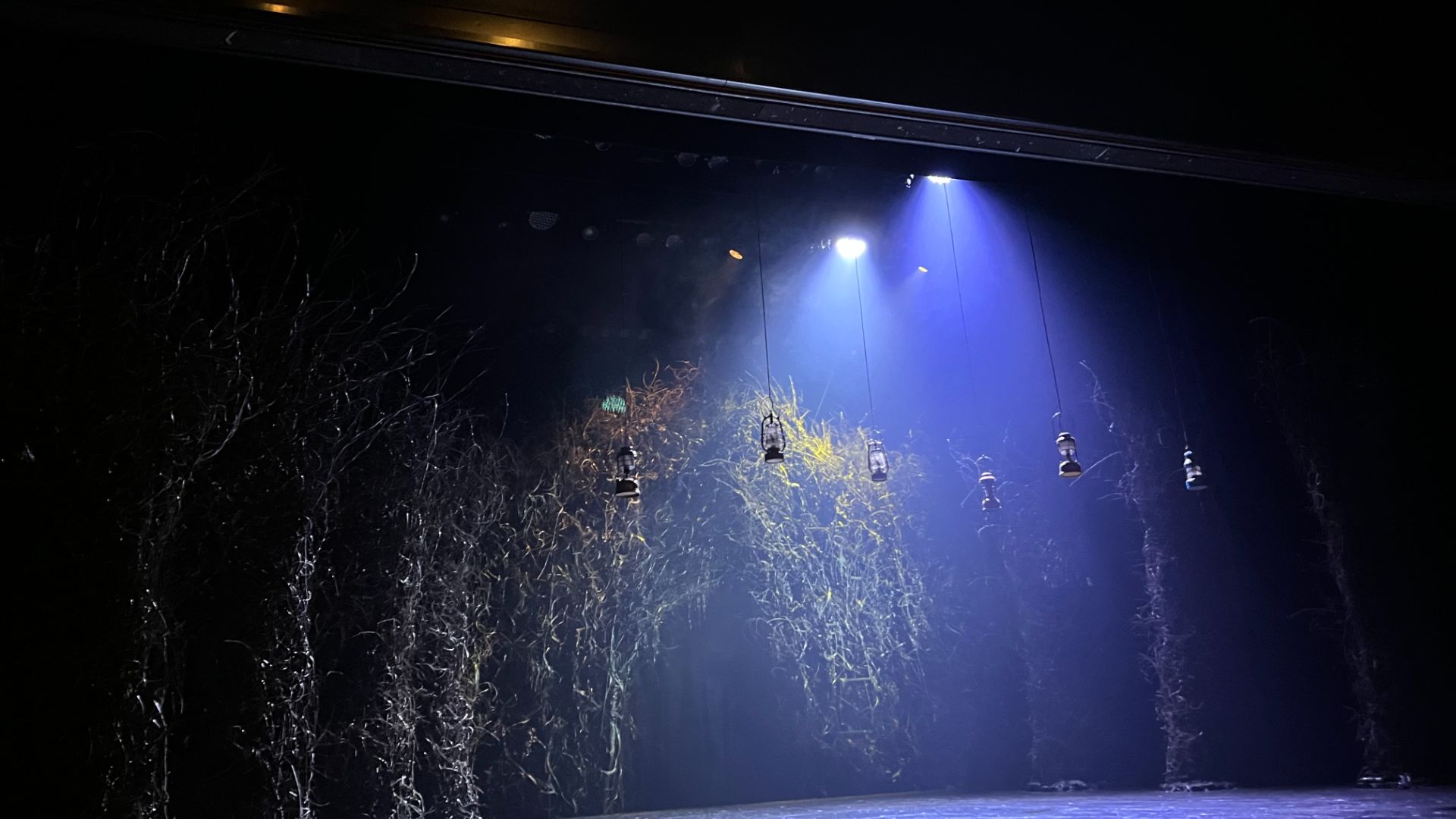In the playbook, every character and every line of dialogue connect to each other in the webs of a truly poignant, beautiful thriller. Themes of maturity and imagination are precisely embedded within the playbook and are portrayed onstage. Although the lines are used as the actors’ guidelines, the flexibility in the playbook’s structure allows itself to be adjusted according to the creators’ imagination and vision. Just like how imagination is emphasised heavily in the play, imagination is also at the core of the play’s creation process.
Although “The Ocean at the End of the Lane” only has a prologue and two acts rather than the traditional three-act structure, it presents a narrative arc of the main character, Boy, in a concise yet intricate way while still guiding the audience. The concept of age is a recurring theme that echoes in great portions of the dialogue. In Act 1, Lettie Hempstock, Boy’s eccentric, and lively friend, reveals her view on adulthood: “On the outside, they’re big and thoughtless and always know what they’re doing. Inside, they look just like they always have. Like they did when they were your age.”
Themes of maturity and imagination are precisely embedded within the playbook and are portrayed onstage.
Through these words, there is a bridge created between children and adults, hinting at how Boy and his dad are not too different. This is further built from the symbolic artistic choice to cast Boy’s Dad and Boy’s adult self with the same actor. Boy has to accept maturity and the vulnerability that must come with it, which is wonderfully displayed in the emotional second act.




